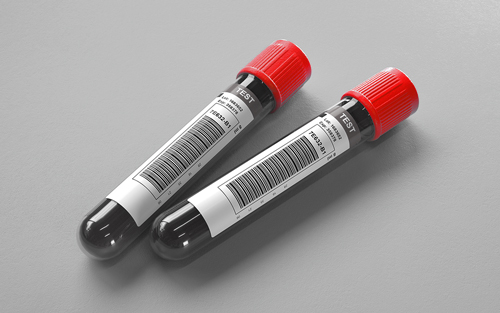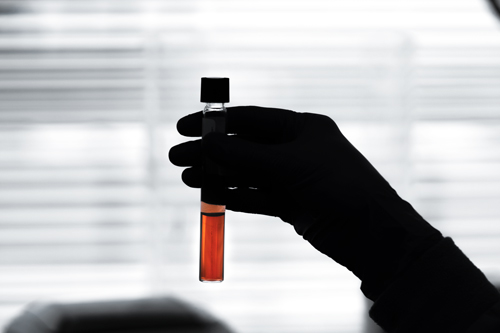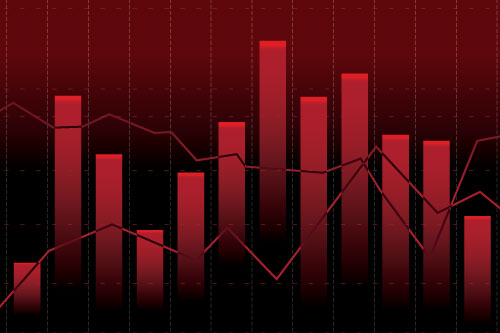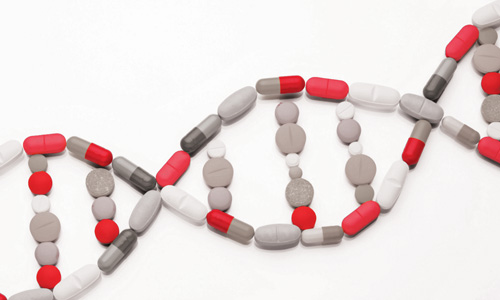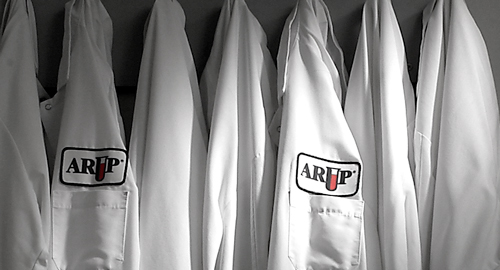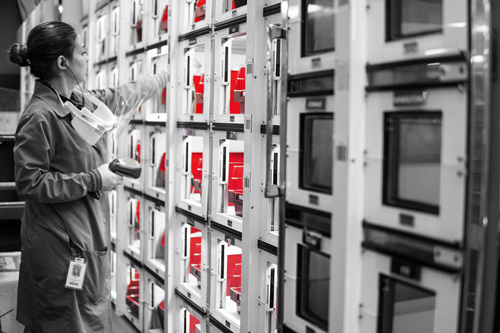Filaria Screen, Whole Blood With Reflex to Parasites Smear (Giemsa Stain), Blood
Ordering Recommendation
Use to screen for microfilariae in blood.
New York DOH Approval Status
Specimen Required
None
Collect whole blood in lavender (EDTA) or pink (K2EDTA).
Blood should be collected between 10 PM and 2 AM for optimal detection of Wuchereria and Brugia. Blood should be collected between 10 AM and 2 PM for optimal detection of Loa loa.
Transport 5 mL whole blood (Min: 1 mL).
Room temperature
Frozen
Clotted specimens
Ambient: 5 days
Refrigerated: Unacceptable
Frozen: Unacceptable
Methodology
Qualitative Concentration / Qualitative Microscopy
Performed
Sun-Sat
Reported
1-3 days
Reference Interval
Not Detected
Interpretive Data
Multiple smears may be needed to detect filarial nematodes due to fluctuating parasitemia. A single negative result does not rule out the presence of filaria. Blood should be collected for subsequent examination at 8 to 12 hour intervals over 2 to 3 days to exclude infection.
Standard
Note
If screen is detected then Parasites Smear (Giemsa Stain), Blood (0049025) will be added for identification of microfilariae, additional charges apply.
Hotline History
Hotline History
CPT Codes
87015; 87210; if reflexed, add 87207
Components
| Component Test Code* | Component Chart Name | LOINC |
|---|---|---|
| 3018895 | Microfilariae Screen Result | 10662-5 |
Aliases
- Microfilaria
- Wuchereria
- Brugia
- elephantiasis
- Filaria
- Filariasis
- Loa Loa
- Mansonella
